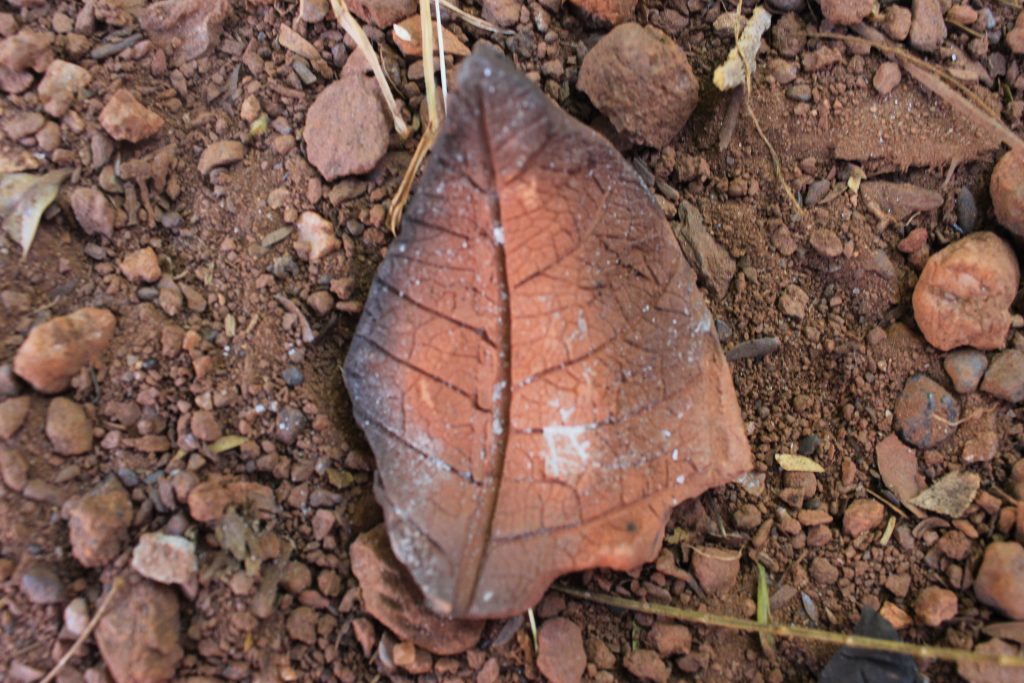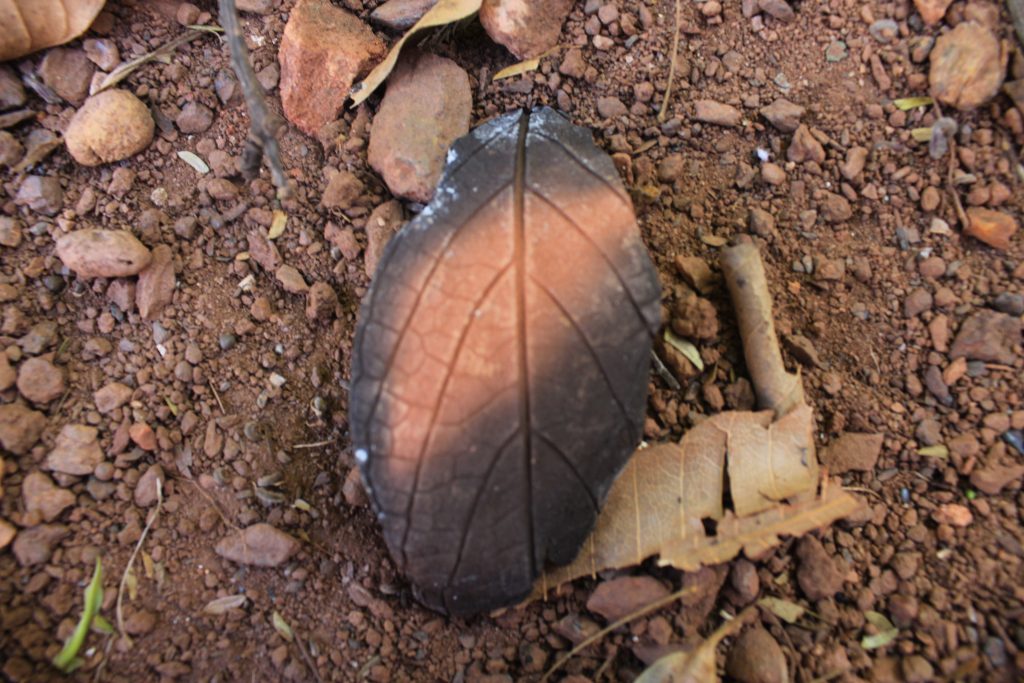Whispers
by: Walla Capelobo
Brazil, Climate Justice, Extractivism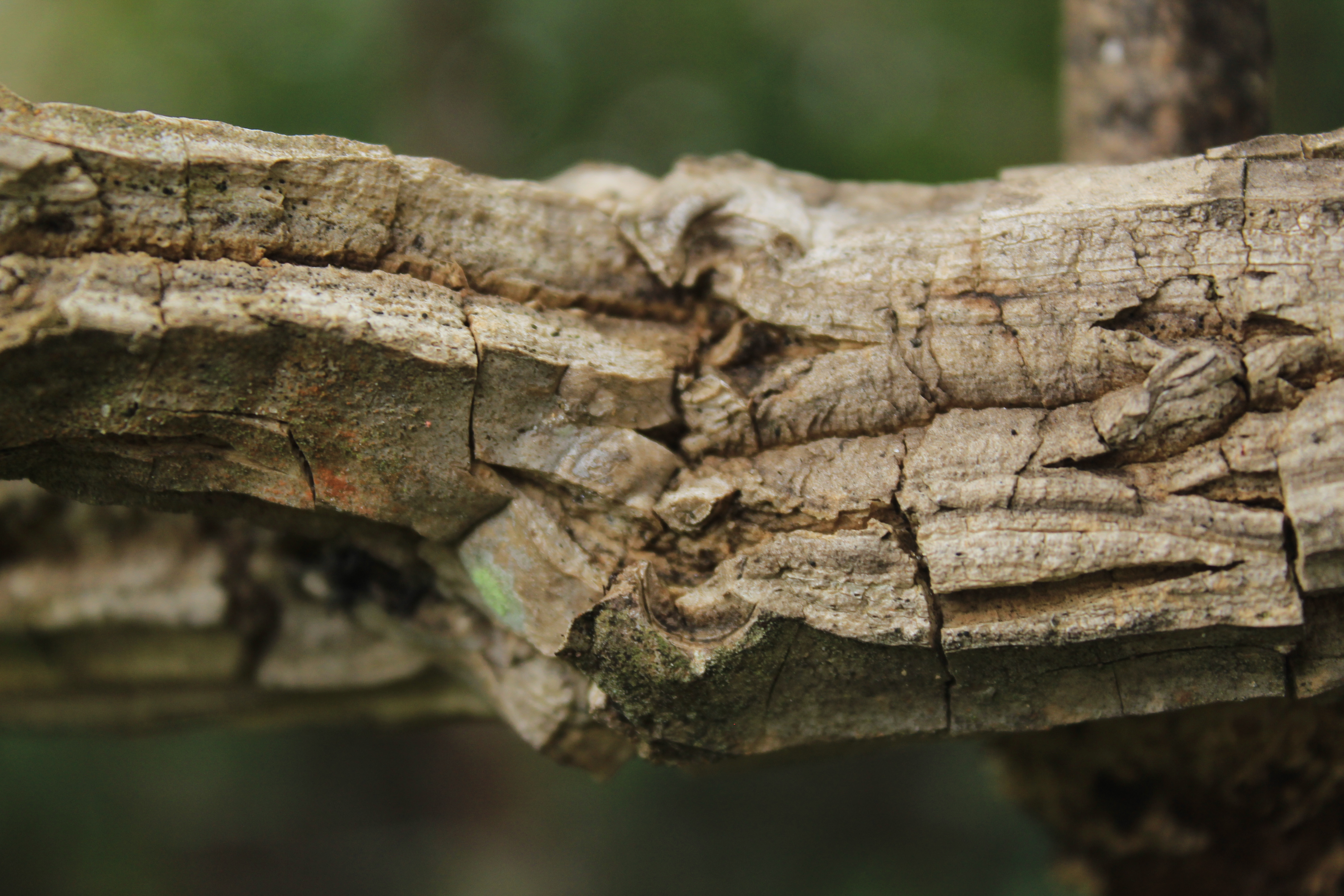
Translated by Lola Malavasi
“Teacher plants are fertile vehicles for other realities”
Selvagem study group about life1
Part II
Congonha
The whispers began when I found it: a small and colorful congonha that, at that moment, presented me with the keys for charms to brighten my gaze and recognize the mountains as living beings with their own agency and pulsations. Beatriz Nascimento makes a comment in an interview with Januário Garcia on how the history of Brazil is schizophrenic, that is, how the historical reality and the perception of the territory that corresponds to Brazil are linked to a reality ideologically oriented to the alienation and annihilation of beings that submit to this validating order. Reproduced in educational institutions, the structures of knowledge constitute and submit to an alienating reality that assumes the world as a resource to be consumed, taking away our sensitivity towards the things of the world to preserve the functioning of networks of oppression that subjugate us day by day. The whispers that the congonhas reveal came as a rupture of the schizophrenic chains of perception and experiences of the territory. By ingesting it in tea, I start a dialogue that allows me a metamorphosis by joining our DNA. I feel it come in contact with the smallest parts of my being that keep incarnated the memories of good living from the times of another language. Depending on our needs and knowledge, a herbal bath is a good example of how the body perceives the regenerative power present in the sap of plants. The gift of healing is obtained after asking for permission and help from the herbs. From this contact with the herbs comes the power to change the energetic, physical, psychic, and spiritual state by allowing the older leaves to operate their consciousness and reality. With the congonhas, it was no different. By asking permission to live with them, I took an important step back by, as jongueira2 teacher Jessica Castro says, abandoning the humanistic ideology that asserts we are incapable of learning from other beings that are not human, particularly from a plant. I recognized my ignorance and humbly asked the congonhas to teach me to step on the earth that embodied, in a light and slow way, how one learns in a capoeira ginga.
“Without leaves, there are no dreams, without leaves, there is no life,” the song Salve as folhas, by Maria Bethânia and Sandra de Sá, sings and enchants. The lyrics allude to the foundations of African matrix religions that chant and enchant life through the symbiotic relationship with plants. The dream prepares the dreamer for the next day. The institution of the dream —in the words of Ailton Krenak— filled me by presenting its existence from the intertwined relationship with the congonhas. I dreamed again, not only in sleep but also in wakefulness. I let my imagination run loose thanks to the summaries of memory’s wounds that come up in dreams to elaborate senses of being present, in communion with the multiple organisms around me. It was training for a future already present in its past, where dreams develop and make the cellular metamorphosis generated in continuous contact vibrate. In dreams, we come together with our ancestors, a technology of learning elaborated for the continuation of our existences. I love to dream and remember my ancestors fragmented in a spiral memory, in the words of Queen Leda Maria Martins. Dreams whispered from the moment I chose the congonhas as a companion3 species in this insistent choreography of fleeing from extinctions and the mining of our dark existences.
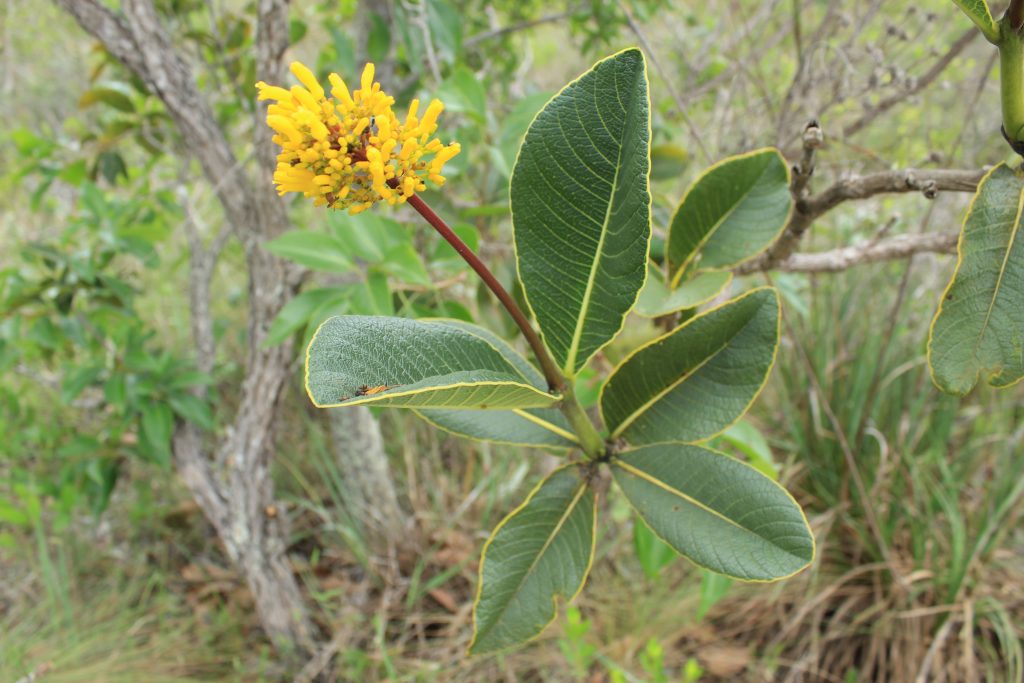
BURN
Ceramics and the art of making stone
The craft of clay put a spell on me when I touched it. I perceived the materiality I was missing, the transformative current of thinking through touch. For years of formal studies in arts, I missed finding knowledge in doing, going beyond the usual quotes that accumulate as a way of testing and competing for knowledge. Being in a workshop, the silent noise of hands that become involved by a body moving around the ceramic being that is formed and taught there. Learning by doing, doing by learning. In an afternoon of making pottery, all covered in clay, a perception invades my mind: making pottery is making stones. As I read it, perhaps it seems obvious. But to me, this opened all my senses to a new practice of life. I believe it is the best response I can give today to the earth-devouring mining. I make stones, give back, and continue the millenary work of the volcanoes that expire the earthly work. I make stones, and I love them.
I feel the continuity, the contribution of time’s movement extended beyond the human to make earth. To make earth, an action that our ancestors of the African diaspora had to learn when they had the banzo as a companion, the longing for the earth from there. To make earth is to create space in lands invaded and held by invaders with their physical and subjective weapons. I learned to make earth, be earth, build stones, earthly beings committed to the darkness. I made earth. I make earth!
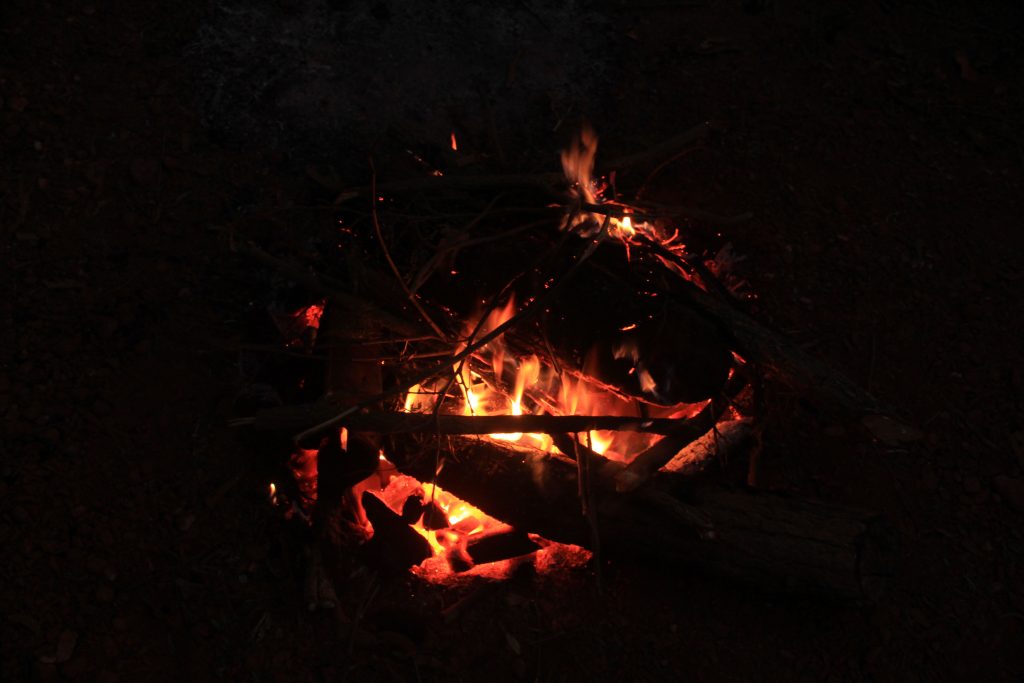
Creating fossils, or if stones hold your secrets
“Pottery and clay craftsmanship carry meanings far beyond the object produced, bringing peculiar skills and gestures that shape a pot or a pan. Much more than products in themselves, these objects have immateriality, a subjectivity that carries symbolic values. Each piece of clay produced carries with it part of the territory, not only as a dwelling place for the body but also in what is re-presented as a sacred dwelling place for the soul.”
Celia Xacriabá
How do you keep a secret that must be transmitted to others without revealing the light that imprisons our senses? The congonhas continue their daily mission of escaping extinctions caused by the colonial mining machinery that constantly devours the earth. The knowledge about our relationships with the congonhas and other cosmic beings also escapes the fetish and destruction of the senses that happened in contact with the colonizing whiteness. When I realized I was making stones, I imagined myself making fossils: beings embodied in stones that constantly personify a past and threaten to remind us that finitude is a matter of time; fossils that reveal the transformations of the landscape that makes us, warning us that what we are is what we were. I created hundreds of them: repeated congonhas, transferred to clays, burned into stones. In turn, I dedicated these fossils to the time of the Earth, where the secrets that have been drunk are entrenched in such a way that in the living library of the mountain savannah, they multiply and are life. We will never be forgotten. We are earth, eternal in its end.
